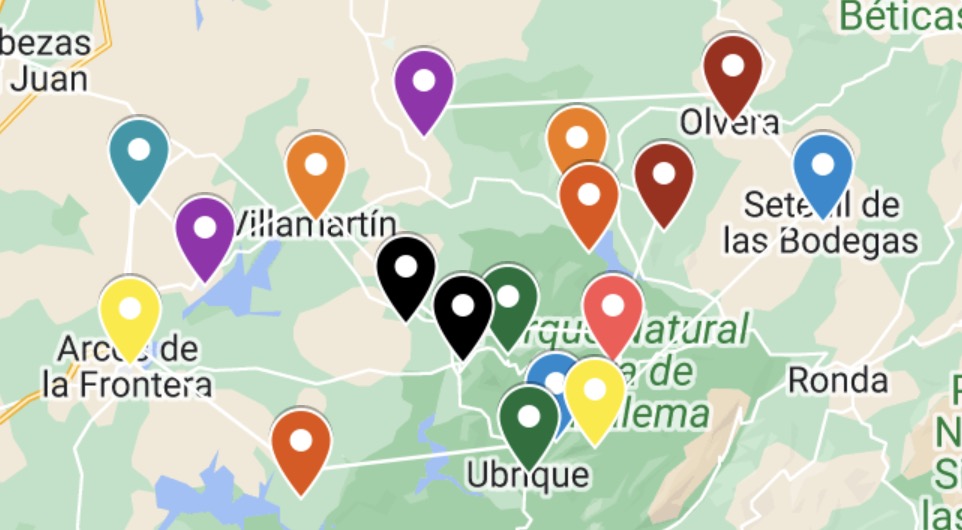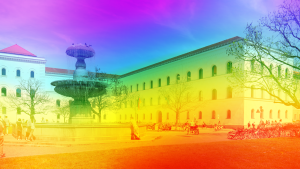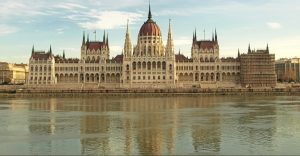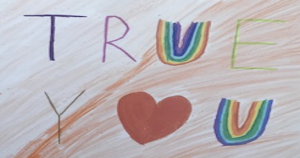Rainbows colour rural communities
About a month ago, our sister Twitter site carried a link to a piece found in the Spanish media about Vivares, a village in the Extremadura region (south west Spain), whose local council decided to light up the church tower in the colours of the rainbow flag.
In this post we want to revisit the activism that originates in smaller, sometimes remote communities with an example we find particularly vibrant.
Of the 19 towns that form the Cádiz Mountains (Sierra de Cádiz) area, 18 have hosted rainbow flag-rising ceremonies and other activities in 2022’s edition (the ninth) of “Orgullo Serrano” (which would translate as “Pride of the Sierra”). The population size of these towns ranges between 30,000 and 400, with an average of roughly 6,000 inhabitants.
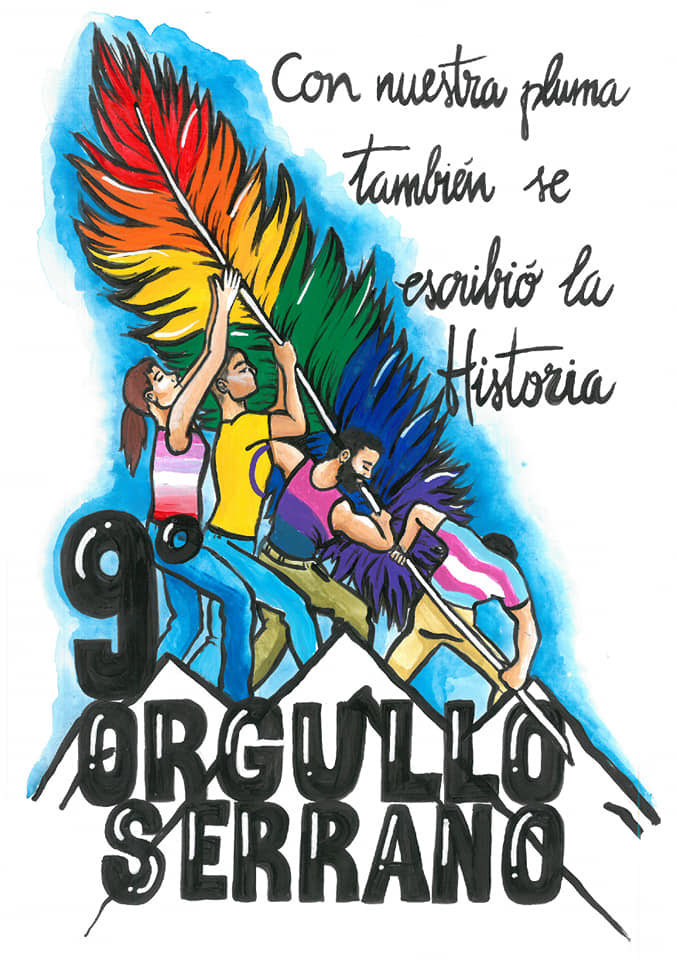
The organizers, Asociación Delta, explained in a 2018 interview that progress had been steady and more and more local councils had spontaneously asked to join the circuit.
Among the many activities Delta has illustrated on their FB page, we couldn’t help noticing the 11 June session where a documentary was shown, and a discussion followed, on the peculiar relationship many non-normative people have historically had with the Catholic faith — specifically, the world of religious imagery, around which, for example, a number of professions have acted as something of a protective shelter for them.
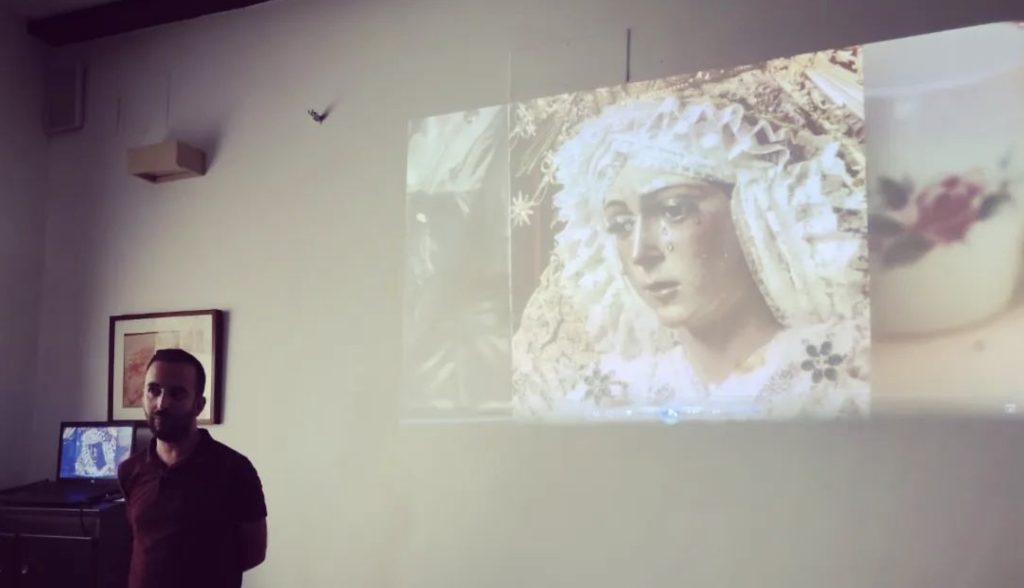
This immediately reminded us of something Delta’s representative mentioned in that 2018 interview, talking about small-town communities of a not-so-distant past:
“… closed communities where, because everybody knows each other, it is uncommon being insulted as “faggot”. It is more a matter of double moral standards and gossip and criticism in private. [In that historical context] an openly gay man had only a few choices in life —as a hairdresser, a florist, a sexton, or a fitter of [statues of] the virgin—.”
These words point at the stark reality that rural life can often be hard, slow or reluctant to leave behind social judgement, rejection or even hostility towards LGBTIQ+ people. In what follows we will draw from the very interesting contributions to the booklet Embracing Rural Diversity, published in 2021 by the European Coordination Via Campesina, whose “Introduction” describes a panorama where the “conservative mindset of many rural areas” lays the ground for “a freezing feeling and the lack of role models [leading] to internalised shame, desexualisation, alienation and solitude, often culminating in rural exodus.”
Lending support to these inauspicious hypothesis is evidence from the European Commission’s report “LGBTIQ Equality Strategy 2020-2025”, where the point is made that “geographical remoteness can be an additional vulnerability factor.” Of the LGBTI respondents to a 2019 survey conducted by the European Union Agency for Fundamental Rights, 30% live in a town or small city, and 13% in a rural area, so this is potentially no small problem.
That extra vulnerability often combines with an economic pressure to seek jobs and life opportunities in larger urban areas, contributing to depopulation of vast expanses in countries like Spain.
The experience of migrating in search of greater acceptance of diversity, or increased anonimity —so-called “sexile” (sex+exile; see footnote)—, may be familiar to many individuals, although it doesn’t follow it is uniform or irreversible.
Several media outlets have interviewed Miriam Sánchez and her partner Pilar Serrano, who participated in a 2021 seminar on “LGTBIQ+ People in the Rural World”, and whose experience counters the perceived seriousness of the “sexile” problem. Their choice of profession, politics and lifestyle facilitated their return to a very small town of 200 in Aragón (north east Spain), where, they contend, their own and other people’s determination to stay visible has meant a degree of openness in the community which, while far from general (they specifically mention that in their view trans people are surrounded by much more ignorance, although not necessarily hostility, than gays or lesbians), can connect with the widespread “culture of caring” that the very social fabric of these places (with a mostly aged population) seems to encourage.
In one of the testimonials included in Embracing Rural Diversity, its author Ángel Manuel Amaro Quintas also sees closeness as an upside to small-town life: “In rural areas, although they may attract attention, sexual orientation and gender identity are relegated to second or third place. Neighbourhood comes before sexuality. Even if it gets in the way of your rainbow activism, you are part of a common project and the neighbourhood knows that you are an indispensable part in one way or another.”
He puts it even more graphically: “In these rural networks, there are close contacts, sometimes a lack of privacy and almost always no anonymity, but potential LGBT-phobic aggressors do not have any anonymity either”.
Redifining spaces —where we all happen, or choose, to live, and how much they can enable us to do— a shared mission to ensure that every individual and group can live freely, and safely.
Note. We are aware that “sexile” is American slang with a substantially different meaning, but usage of the term has grown in academic research on the sociology of both domestic and foreign migration, spurred by studies such as this chapter by the term’s originator, Manuel Guzmán (1997) and this article by Profs. Annes and Redlin (2012). See interesting examples in the Journal of Homosexuality and Gender Place and Culture (on small town/rural migrants in Spain).
This post contributed by All Inc!’s ES1 team of Susi, Rosa, Lupe and Rafael.

